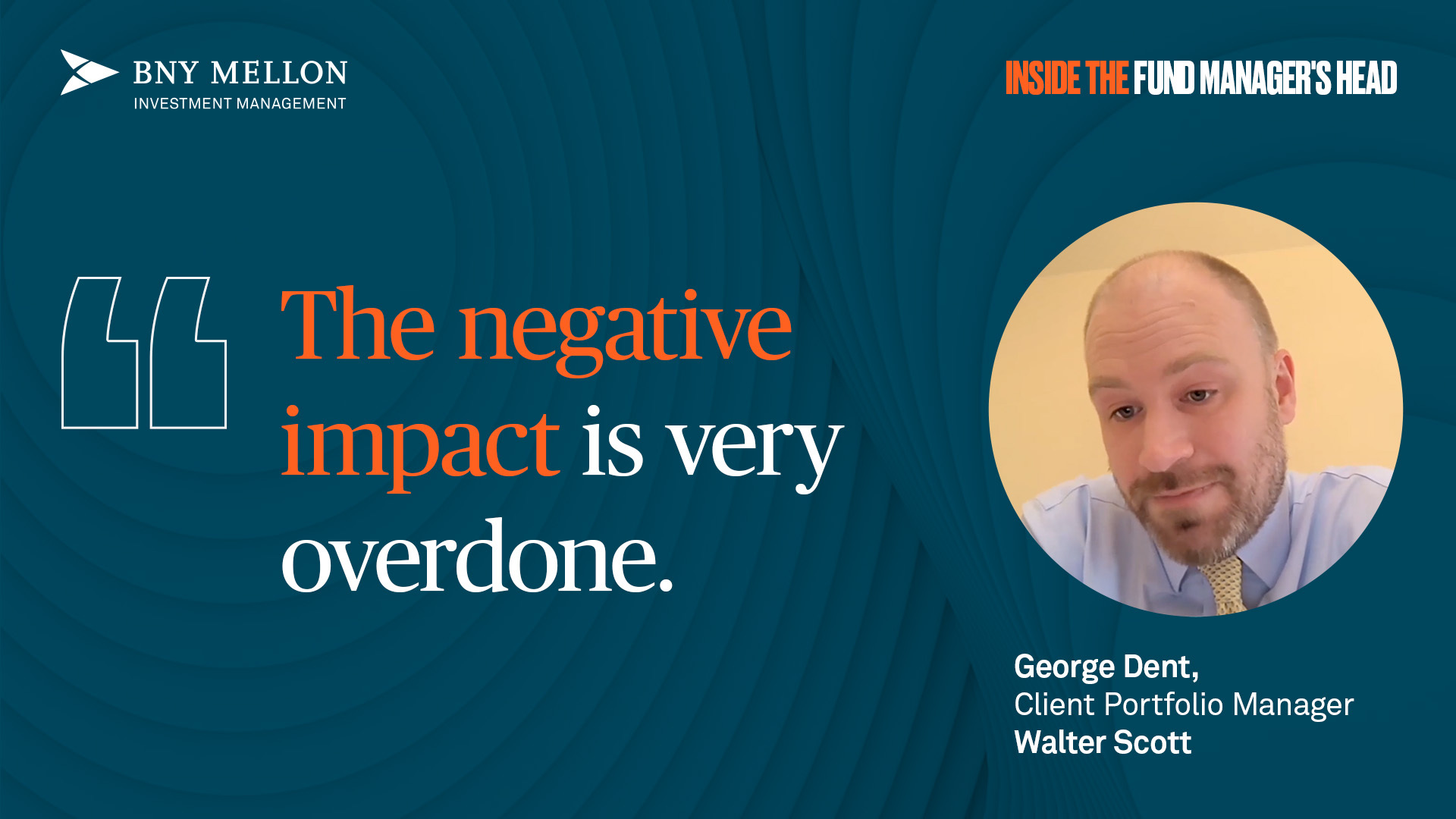In the past few years, investors have been confronted with one of the most aggressive bouts of inflation seen in decades. The effects of this were amplified by the falls seen in both equity and bond markets in 2022. While there has been a strong recovery in portfolio values over the past year, questions remain as to what the future holds.
To answer some of these questions, we believe it is important to consider how portfolios have historically behaved in such market environments and how these patterns may be applied to future projections.
History favours the patient
Given the surge in inflation experienced during 2021-23, we have specifically reviewed how our multi-asset approach has performed following periods when inflation outpaced the absolute return. The results make for heartening reading, showing a general trend of rebounds in performance.
We found that following a period of negative real returns, investors in the Endowment Model, an investment strategy used by our charity clients, experienced average real returns of 5.6% per annum (p.a.) over the next five years. However, particularly sharp losses (-10% p.a.) have typically been followed by even stronger real returns of 6.6% p.a. over the next five years.
Analysis shows that perhaps the worst decision for many investors would have been to sell in the depths of a market decline and then miss out on the subsequent recovery. If history serves as a guide, investors in multi-asset strategies are likely to experience a rebound in returns, as seen in 2023 and in the first quarter of this year.
The fundamentals that drive projected returns
While the past offers helpful lessons, the key driver of our market projections is the prevailing economic environment and how we expect it to shape investment markets.
Over the long term, returns from equities are driven by the rate at which capital is returned to shareholders through dividends and buybacks, which is ultimately a function of earnings and economic growth.
Over the near term, we expect GDP to grow a little quicker as inflation begins to recede and interest rates are lowered. Growth is likely to decline gradually thereafter, as the working-age population grows at a slower rate. This sets the tone for expected investment returns over the next seven to 10 years.
UK equities and gilts are expected to generate 6.7% and 3.8% p.a. respectively during this period. These returns are lower than the historical average since 1900, as UK equities and gilts have typically generated 9% p.a. and 5% p.a. respectively.
However, we are also expecting inflation to be lower (circa 2.3% p.a.) than the average since 1900 (3.8% p.a.) This is positive for investors’ spending power.
Our projected return for global equities is 7.7%. Once we account for the expected level of UK inflation, this translates into a real return of 5.3%, which exceeds the long-term average of 5%.
Having experienced over a decade of low bond yields, the projected return from gilts is now 3.8%, which equates to a return of 1.5% after inflation. Real returns from corporate bonds appear more encouraging at 2.9% p.a.
What could materially change our outlook?
Forecasting the global economy 10 years from here is complex, as is assessing the implications for multi-asset investment returns. Many things could change, but two particularly merit our attention. These are the rapid advances we are witnessing in technology and the transition to net zero, both of which could have major implications for productivity.
Unlike slow-burning demographic trends, the effect of technology on productivity growth is harder to predict. Technological change can be sporadic, rapid and disruptive – as well as a significant investment opportunity. Two of its biggest drivers are economic necessity (for example due to scarcity of labour, energy, resources or capital) and major threats (such as pandemics, conflict and climate change). These are already very evident in today’s world.
Real improvement comes when a technological breakthrough not only allows an economy to overcome cost increases, but also achieve higher production levels than before the cost pressure occurred. The rapid development of generative artificial intelligence may prove to be an example of this. And despite adding to inflationary pressures and social and political strife, climate change and the transition to net zero economies could be another.
If the historic trend of outperformance following periods of weak real returns does repeat itself, then investors may benefit even further with such advancements.
The views expressed above should not be taken as investment advice. James Hutton is a partner and Kamran Miah is a senior associate partner at Sarasin & Partners.





